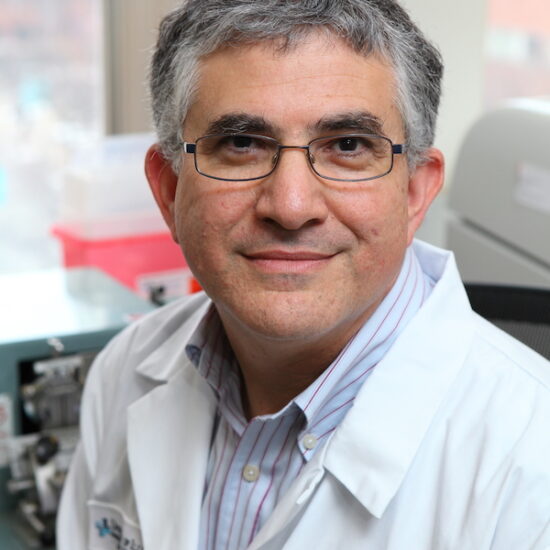About Us
Message From The Departmental Head Heading link
Our vision is to grow UIC Neurology and Rehabilitation, unite it with the other clinical neurosciences, expand its presence within our community, and interdigitate clinical, basic, and translational research programs leading to better care, outstanding learning opportunities, and new cures for our patients. UIC Neurology and Rehabilitation is in the forefront of patient care and research with outstanding training programs to attract the best and brightest students and faculty. Our most valuable asset is our faculty, residents, fellows, and students. We are currently undertaking a large, highly-selective recruitment effort with a strong emphasis on attracting clinicians and scientists who share a vision to build a strong academic department. Chicago is a warm, vibrant community and neuroscience is truly a field for the future that will only grow over time. Neurology and Rehabilitation as one clinical unit offers exceptional ways to create seamless patient care systems from the hospital to home and back to clinic.
The opportunities for UIC Neurology and Rehabilitation are boundless. Center stage are our research and multidisciplinary clinical programs that sets us apart and brings prestige to the department, hospital, and community. UIC Neurology and Rehabilitation has a long history of research. It is at the center of local and multicenter health outcome and disparity studies, poised for programmatic expansion and recruitment, ready to pursue new phase I and II translational studies, and a pioneer in integrating basic and clinical research programs. Some of the research programs currently underway include novel biomarker and clinical methods to improve the outcome of stroke patients and integrative systems biology projects that utilize human brain and spinal cord tissues to identify new ways to diagnose and treat disease. We are advancing systems biology to a new level for patients with epilepsy and ALS. Another area is the development of novel therapeutics that we are currently assessing in animal models as a prelude to clinical trials for diseases that range from ALS to multiple sclerosis, pain, spinal cord injury, brain cancers, and Alzheimer’s disease.
We have an outstanding team of subspecialty and general neurologists and physiatrists eager to tackle the most complex medical conditions. Our doctors provide compassionate care, but at the same time lead the way towards new ways to understand and treat disease. We are initiating a multidisciplinary approach to healthcare to generate ‘one-stop-shopping’ in our clinics and a streamlined ‘neurocare’ approach to our inpatient services that guarantees our patients do not fall through the cracks and get home sooner and healthier.
Academic medicine remains one of the most exciting and rewarding career paths for its faculty and provides enormous opportunities for making improvements in our patients’ lives. Our goal is to develop creative, yet highly nimble ways to maintain this excitement in a constantly changing healthcare environment. Opportunities will be there for academic medical center programs that stand out head and shoulders above the crowded, competitive healthcare battlefield by setting new paradigms and discovering cures for our future. We will be there. Come join us!
Sincerely,
